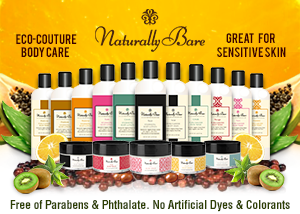Reading Labels 101: 5 Common Green-cleaning Terms From the EPA
Reading Labels 101
5 common green-cleaning terms from the EPA By Grace Bell
There’s still plenty of confusion about what the basic terms of greening mean. Take, for example, biodegradable vs. bio-based. While cleaning green veterans know their labels inside and out, a lot of smaller operations just starting out tell us they’re unclear as to what’s what.
Though greenwashing continues to be a problem—with some environmentally unfriendly products being marketed as anything but—the better educated you, the buyer, are, the better it will be for everyone trying to clean correctly.
To help clear the air, literally and figuratively, here are five commonly used green-cleaning terms, as defined by the Environmental Protection Agency.
1. BIOBASED
• DEFINITION “Current biobased products and bioenergy technologies have the potential to make renewable farm and forestry resources major sources of affordable electricity, fuel, chemicals, pharmaceuticals, and other materials.”
• TIP. Biobased products also have the potential to “reduce dependence on foreign oil, improve air quality, water quality, and flood control, decrease erosion, and help minimize net production of greenhouse gases.”
2. BIODEGRADABLE
• DEFINITION: “Any product claiming to be biodegradable must completely decompose into carbon dioxide or water–the byproducts of decomposition–within a 180-day period.”
• TIP. This definition has changed, as earlier products described as biodegradable “would often fragment and breakdown into big pieces that would not completely biodegrade.”
3. LESS TOXIC/NON TOXIC
• DEFINITION: “Non-toxic materials do not have the capacity to produce personal injury or illness through ingestion, inhalation, or skin absorption. Less-toxic materials reduce such impact.”
• TIP: Replace a toxic material with a less toxic or, whenever possible, a non-toxic substance. To determine levels of toxicity, refer to available Material Safety Data Sheets (MSDSs).
4. LOW VOLATILE ORGANIC COMPOUNDS
• DEFINITION. “VOCs evaporate easily (volatilize) at room temperature and often have a sharp smell. They can come from many products, such as office equipment, adhesives, carpeting, upholstery, manufactured wood products, paints, solvents, pesticides, and cleaning products. Some can cause cancer, especially when concentrated indoors.”
• TIP: When exposed to sunlight, VOCs create ozone, which is harmful to both humans and the environment, so look for low-VOC versions of products you use.
5. MADE FROM RECYCLED MATERIALS
• DEFINITION: “Virgin material has been replaced with recycled materials.”
• TIP: Post-consumer recycled (PCR) content is preferable because it helps keep waste materials out of landfills. (FYI, pre-consumer mill waste has always been recycled.}
For more info, go to epa.gov./epp/pubs/vendors.htm


CONNECT WITH US